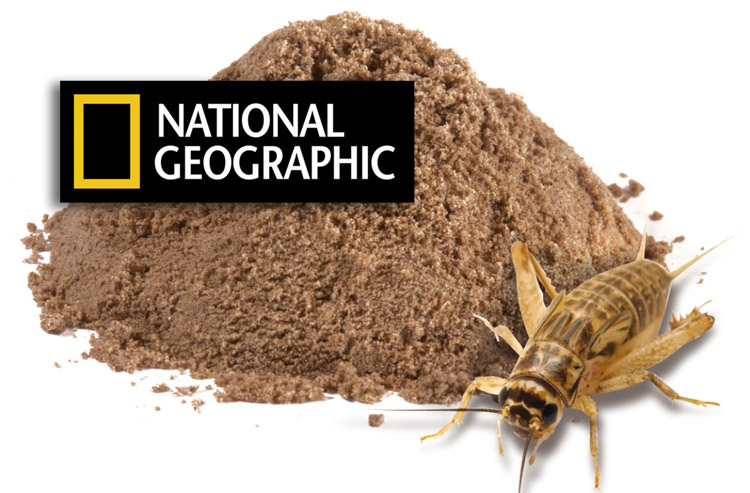
Insects topped the list…
From an environmental perspective, the appeal of bugs—particularly crickets—is clear. Crickets offer more protein and micronutrients per pound than beef. They thrive in dark, densely crowded conditions, so they can be farmed vertically, allowing for large-scale production on a tiny footprint. They produce relatively little waste, avoiding the manure lagoons that plague hog and cattle farms. And although crickets are pricey now, Aspire, which runs the largest cricket farm in the U.S., is building a 250,000-square-foot automated facility in Texas in hopes of lowering its prices significantly. The company has a sound reason to go big: Aspire’s current farm is one-tenth that size, and all its output—most of it ground into a fine powder called cricket flour—is already spoken for over the next two years.














